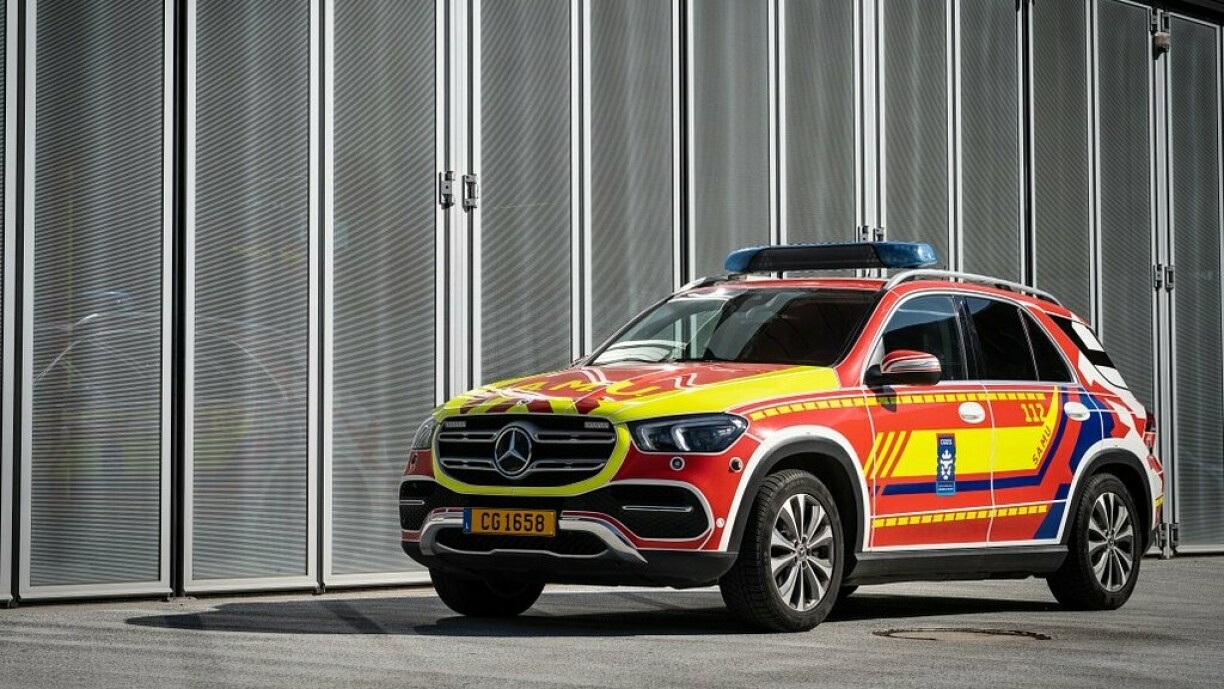
A proposal under consideration by the Grand Ducal Fire and Rescue Corps (CGDIS) could reform the operational framework of the Emergency Medical Assistance Teams (SAMU), a move that is generating professional debate.
The potential change would allow doctors and nurses without a specialisation in anaesthesia-resuscitation to accompany SAMU teams, a role currently reserved for specialists in that field. This initiative comes in response to lobbying from several A&E doctors who have complained that their own specialisations currently exclude them from SAMU call-outs.
However, the proposed reform has met with concern from anaesthetists, who argue it could disrupt a system that has functioned effectively for decades. In a joint press release, the Independent Luxembourg Trade Union Confederation (OGBL) and the Luxembourg Confederation of Christian Trade Unions (LCGB) noted the potential for significant change to this long-standing framework.
Dr Philippe Welter, President of the Circle of Anaesthetists-Resuscitators, acknowledged the training of emergency doctors but emphasised the distinct expertise of his specialty. He stated that the daily work of anaesthetists involves continuous monitoring of critically ill patients, administering anaesthesia and pain management, and handling acute cases like heart or lung failure.
“This expertise is what we want to have out in the field,” Dr Welter said, noting that in Luxembourg, emergency doctors typically delegate such critical care to anaesthetists in a hospital setting.
When questioned if a doctor shortage necessitates broadening SAMU recruitment, Dr Welter responded unequivocally: “Very clearly no.”
Dr Welter stated that Luxembourg has a sufficient number of anaesthetists, noting that in 40 years, “there has not been a single instance of a SAMU unit standing down because no one was available.” He countered that the actual shortage lies in A&E departments, which are actively seeking more emergency doctors. He relayed concerns from colleagues who warn, “If you take another one of ours and assign them to SAMU, then I won’t have anyone left to come to A&E.”
While acknowledging a system-wide nursing shortage, Dr Welter indicated it is less acute among those specialised in anaesthesia-resuscitation. He strongly defended the current team structure, describing the partnership between an anaesthetist-doctor and an anaesthetist-nurse as working “more effectively than a marriage.”
He argued this specialised pairing is crucial for guaranteeing high-quality care, especially in complex scenarios like multi-casualty accidents where a professional may have to manage a patient alone. In such high-pressure situations, doctors are reassured by relying on a partner whose competence they “trust implicitly.”
A decision on this new framework is unlikely to be made before 2026.
RTL has sought a reaction from the CGDIS on this matter, but the agency has not yet taken a public position.